The possibilities that Jumilla offers are many and varied, we encourage you to discover this city.
Jumilla is situated in the north of the Region of Murcia, it has a total surface area of 972 square kilometres, making it the tenth largest municipality in Spain. The town is known worldwide for its Denomination of Origin Jumilla wines and for the Ercolini pear grown in the area, which also has a Denomination of Origin.
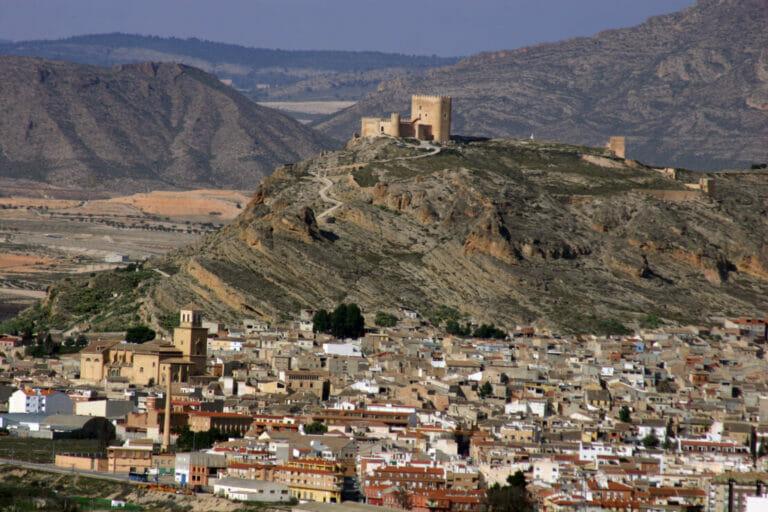
Some of the must-see places to visit in the city are:
Jumilla Castle: The first settlements on Cerro del Castillo date back to the Bronze Age, more than 3,500 years ago. Iberian remains have been found, as well as Roman remains. It was in the 8th century when the Arabs began the construction of the castle with flimsy materials. The current fortress is Gothic in style and was built by Juan Pacheco, the first Marquis of Villena, whose coat of arms can still be seen on the walls of the tower.
It consists of three floors, the first floor where the troop room was located, the first floor was the Warden's floor and the third floor was the store room where the weapons were kept.
There are two ways to access the castle: either on foot, via the two existing ascents, or by car. For the latter option, you must ask for authorisation at the Tourist Office.
The Castle's visiting hours are:
OCTOBER, NOVEMBER, DECEMBER, JANUARY AND FEBRUARY
Saturdays, Sundays and public holidays from 10:00 to 14:00.
MARCH, APRIL AND SEPTEMBER
Saturdays from 10:00 to 14:00 // 17:00 to 19:00.
Sundays and public holidays from 10:00 to 14:00.
MAY, JUNE, JULY AND AUGUST
Saturdays from 10:00 to 14:00 // 19:00 to 21:00.
Sundays and public holidays from 10:00 to 14:00.
The entrance fee is 1€.
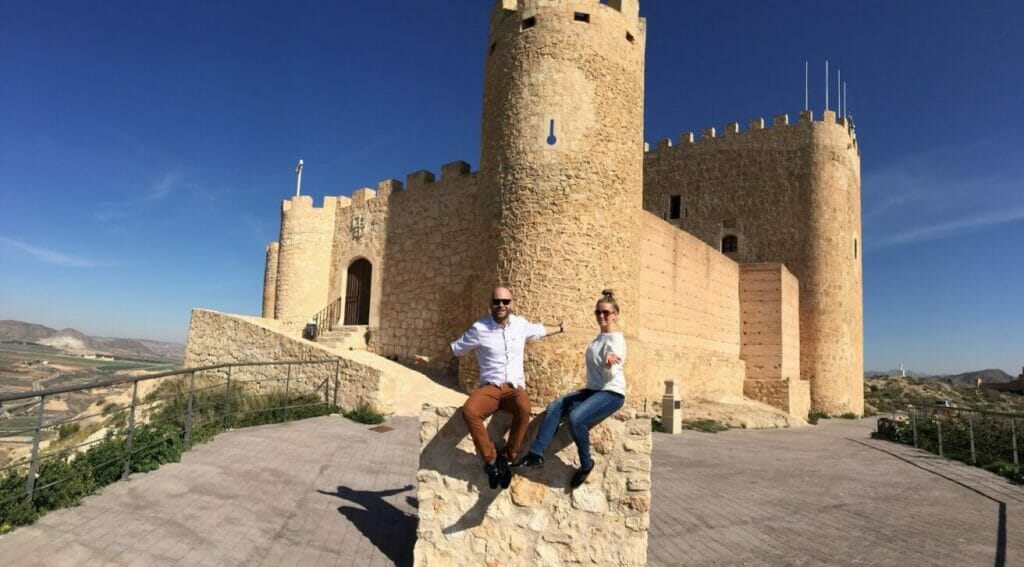
The Main Church of Santiago: Its construction began in the middle of the 15th century, in late Gothic or Elizabethan style, at the beginning only the central nave and the side chapels were built. In the 16th century, the main chapel was built by Jerónimo Quijano (Spanish architect and sculptor); the altarpiece from 1583 is attributed to the Ayala brothers, which represents the pilgrimage of the Apostle St. James to Spain. In 1735 the new sacristy was built, the work of Pedro Pagán and José de los Corrales, in the Baroque style. At the beginning of the 19th century, the choir was created at the foot of the church, and on both sides, several naves with doors leading out to the atrium, built by the architect Lorenzo Alonso, in neoclassical style. The church is a mixture of Gothic, Renaissance, Baroque and Neoclassical styles, as construction began in the 15th century and was not completed until the 19th century. It was the first temple with a large dome over a transept built in the Diocese of Cartagena. Since 1931 the church has been listed as a National Monument.
Access is free, open half an hour before masses from Monday to Saturday in winter at 7pm. On Sundays and public holidays at 11:00 h. and 19:00 h. and in summer at 20:00 h. Sundays at 11:00 h. and 20:00 h.
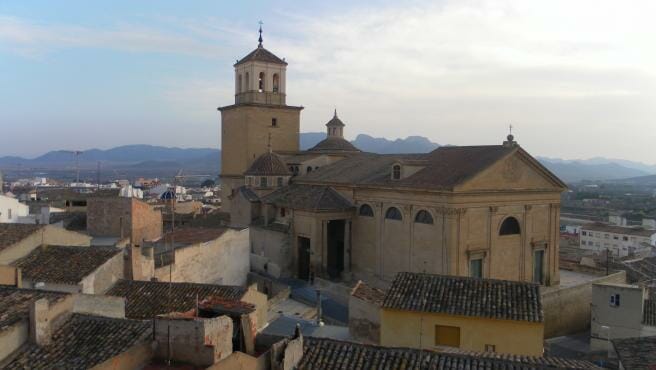
The Plaza de Arriba: dating back to the 16th century, the place has been the scene of all kinds of events that have taken place in the town throughout history. It is surrounded by important buildings such as: the Palacio del Concejo (now the archaeological museum), the Ermita de San José, the old inn (now the Universidad Popular).
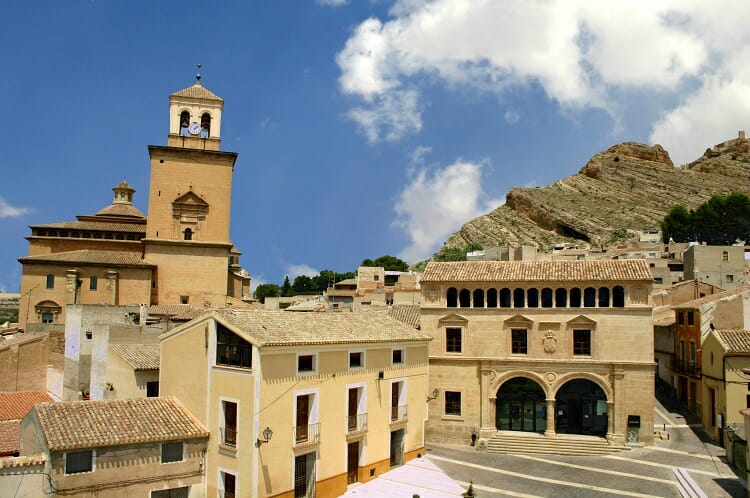
The Jerónimo Molina Municipal Archaeological Museum: which is located in the Plaza de Arriba, is housed in what was once the palace of the Council, a mid-16th century building by Julián de Alamíquez, considered to be the only example of civil architecture of the Murcian Renaissance in the Region of Murcia. In 1997 it was remodelled to be inaugurated as an archaeological museum. It has three floors and displays a collection ranging from the Lower Palaeolithic to the Middle Ages. It is possible to highlight a collection of utensils found in the sites of the region, Palaeolithic, Neolithic and Bronze Age art, it contains a collection that comes from the settlement of Coimbra del Barranco Ancho, where one hundred and fifty Iberian graves were found. From the Roman period, there is a Roman mosaic from the Villa de los Cipreses from the 3rd-4th centuries BC. A collection of vessels, known as terra sigilita. From the Islamic period, stamped ceramics from the 13th century, etc., are also on display.
The entrance fee is €1. The Museum opening hours are as follows:
Tuesday to Saturday: Mornings: 10:00-14:00 Afternoons: 17:00-20:00
Sundays and public holidays: 11:00-14:00
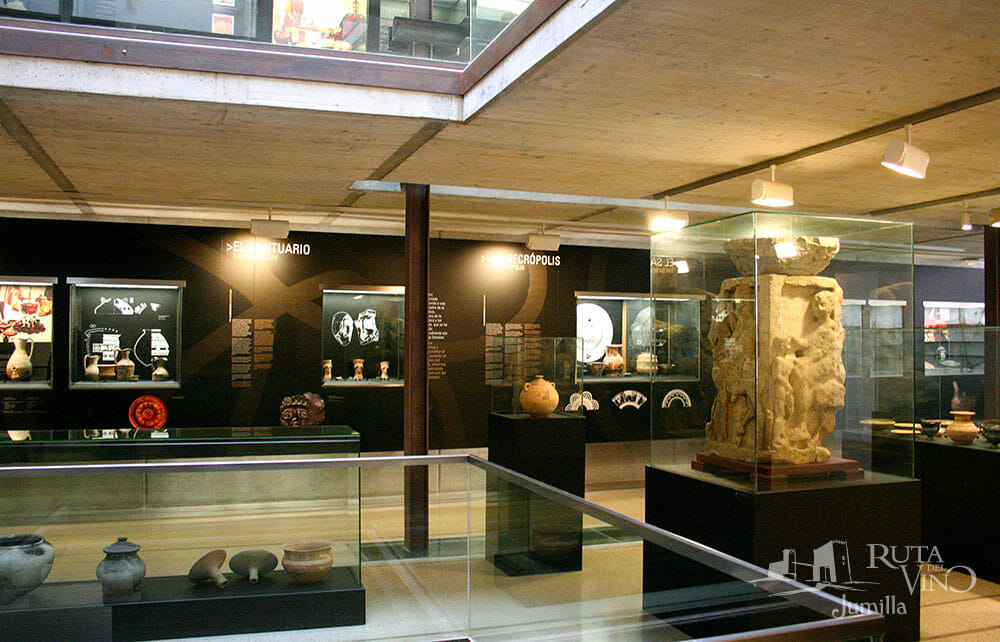
The Casón de JumillaThe mausoleum is a late Roman funerary mausoleum from the 5th century, with a single semicircular nave and two smaller apses. It is considered to be the best preserved monument of its kind in Europe.
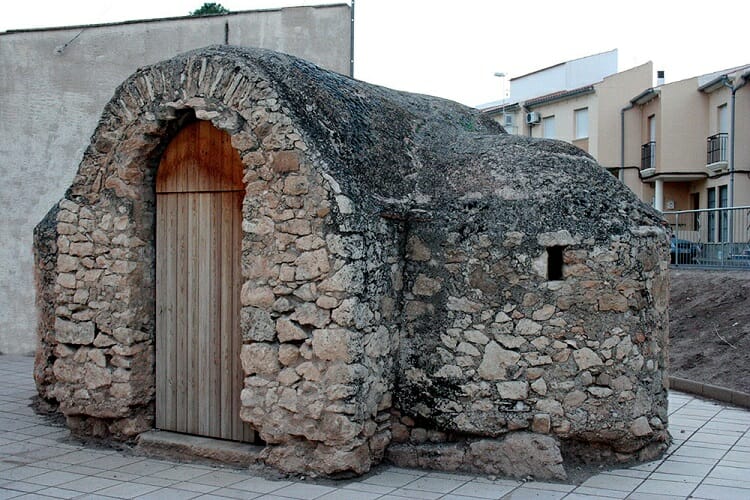
The Jerónimo Molina Municipal Museum, Ethnography and Natural Sciences section: was created in 1956 by Jerónimo Molina García, the museum has four floors and houses exhibitions of natural sciences, ethnography, entomology collection and traditional crafts. The paleontology section has a large collection of fossils from the municipality and from the Hoya de la Sima and Sierras de las Cabras sites. The basement of the building is used as a multi-purpose room, for conferences, temporary exhibitions, etc. The ground floor displays geology and palaeontology, fossils, minerals and footprints in the deposits. The Hoya de la Sima site is characterised by the fact that it is the only one in Europe and Asia with fossil footprints of Hipparion and Paracamelus mammals. The first floor, ethnography, collection of ethnographic objects and trades. The apothecary's shop stands out, everything on display here belongs to Jumilla apothecaries from the 18th and 19th centuries, all the material was donated to the museum by Juan Molina (local pharmacist). The first floor entomology, collection of coleoptera and lepidoptera, these have been donated by Francisco González López (entomologist). It is also worth mentioning that part of the private collection of the brothers Francisco and José Luis Lencina has been incorporated.
The entrance ticket costs €1 per person. Visiting hours in winter from Tuesday to Saturday from 10:00 h. to 14:00 h. and from 17:00 h. to 20:00 h. in summer from Tuesday to Saturday from 10:00 h. to 14:00 h. and from 18:00 h. to 21:00 h. On Sundays and public holidays from 11:00 h. to 14:00 h.
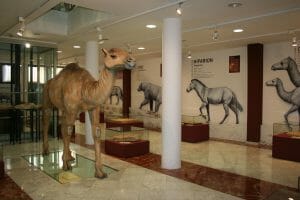
As we said before, Jumilla is known for its internationally renowned wines. It also has the Jumilla Wine Route, which includes wineries, restaurants, oil mills and several municipalities. Therefore, wine tourism is also one of Jumilla's strong points.
As wineries to visit we recommend:
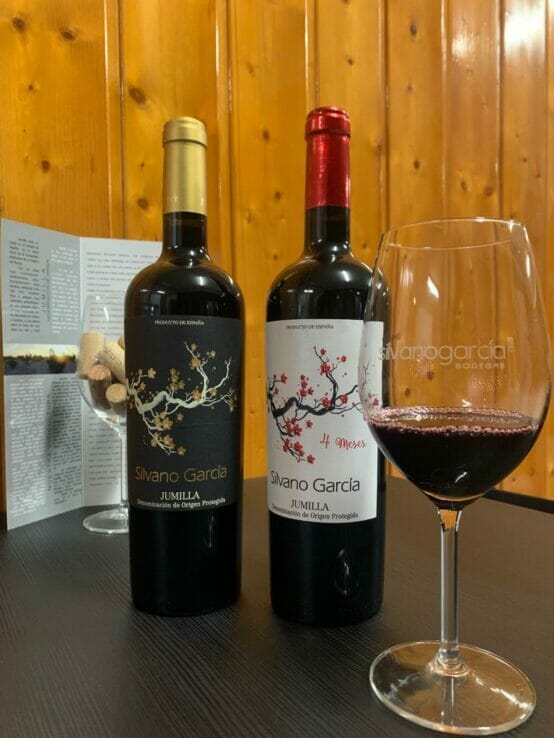
Bleda WineryBleda is a Jumilla winery founded in 1915 by Antonio Bleda. It was a pioneer in the export of wines from this region, building its success on the Monastrell grape. Today, the winery, located in the Omblancas Valley, is run by the fourth generation of winemakers. With more than 250 hectares of vineyards, most of them goblet-trained. Here you can also enjoy a magnificent visit to the winery from 15€.
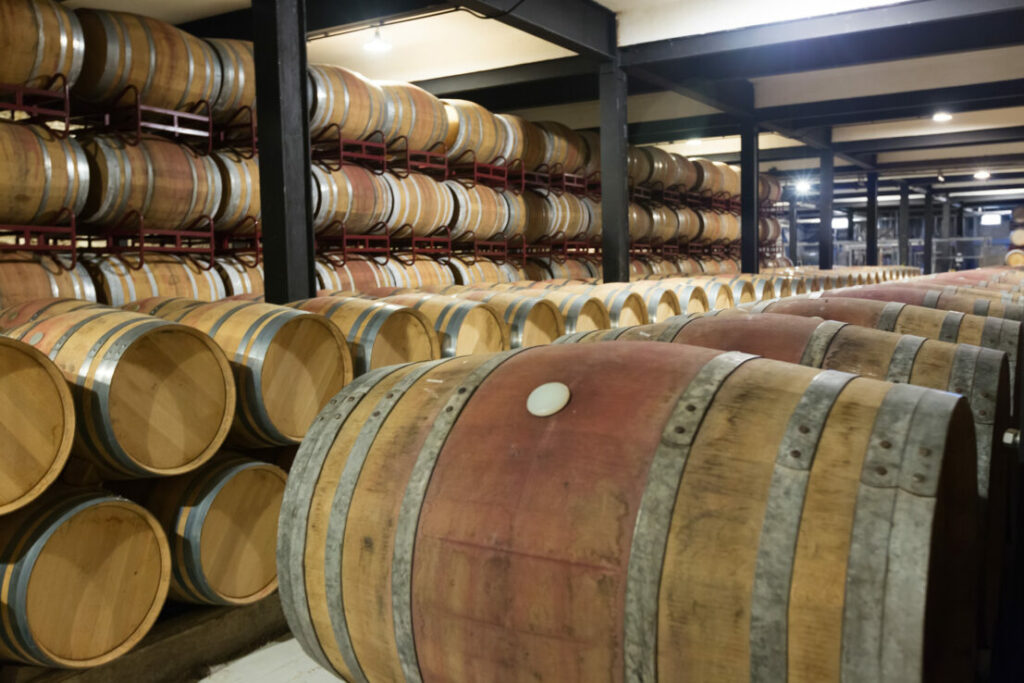
Newsletter
Copyright ©2025 Milvendimias. Todos los derechos reservados.
| Cookie | Duración | Descripción |
|---|---|---|
| cookielawinfo-checbox-analytics | 11 months | This cookie is set by GDPR Cookie Consent plugin. The cookie is used to store the user consent for the cookies in the category "Analytics". |
| cookielawinfo-checbox-functional | 11 months | The cookie is set by GDPR cookie consent to record the user consent for the cookies in the category "Functional". |
| cookielawinfo-checbox-others | 11 months | This cookie is set by GDPR Cookie Consent plugin. The cookie is used to store the user consent for the cookies in the category "Other. |
| cookielawinfo-checkbox-necessary | 11 months | This cookie is set by GDPR Cookie Consent plugin. The cookies is used to store the user consent for the cookies in the category "Necessary". |
| cookielawinfo-checkbox-performance | 11 months | This cookie is set by GDPR Cookie Consent plugin. The cookie is used to store the user consent for the cookies in the category "Performance". |
| viewed_cookie_policy | 11 months | The cookie is set by the GDPR Cookie Consent plugin and is used to store whether or not user has consented to the use of cookies. It does not store any personal data. |